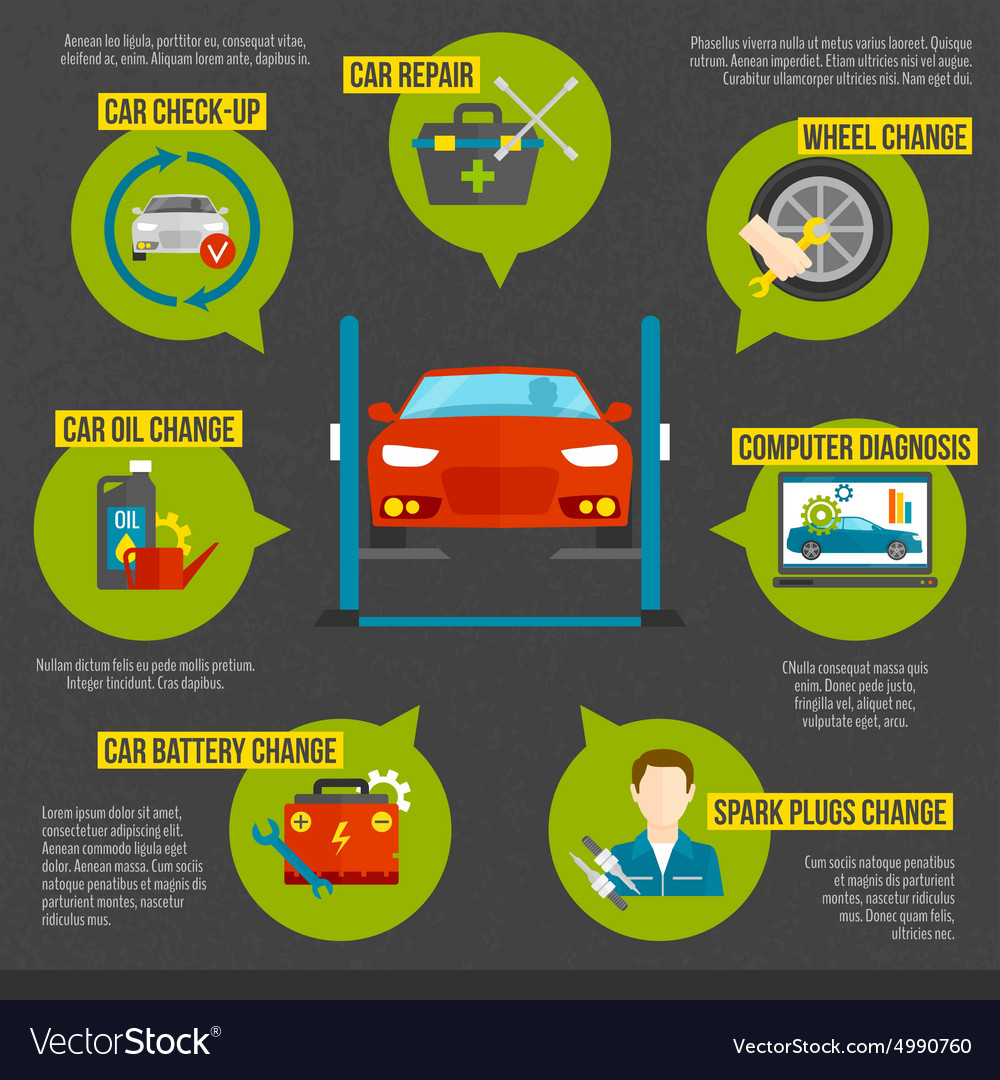Curious Regarding Those Control Panel Warning Lights In Your Car? Learn What They Indicate For Your Lorry'S Health And Wellness
Curious Regarding Those Control Panel Warning Lights In Your Car? Learn What They Indicate For Your Lorry'S Health And Wellness
Blog Article
Web Content Produce By-Sykes Kejser
When you're behind the wheel, those glowing caution lights on your control panel can be a bit complicated. Do you understand what they're attempting to inform you concerning your automobile's health and wellness? Recognizing the importance of these lights is vital for your security and the durability of your car. So, the following time among those lights turns up, would not you intend to analyze its message accurately and take the required actions to resolve it?
Common Caution Lighting and Interpretations
Identify common caution lights in your cars and truck and comprehend their definitions to make certain safe driving.
One of the most normal caution lights consist of the check engine light, which indicates concerns with the engine or discharges system. If this light comes on, it's crucial to have your vehicle examined quickly.
The oil stress warning light suggests low oil stress, needing immediate focus to stop engine damage.
A blinking battery light could suggest a faulty billing system, potentially leaving you stranded otherwise dealt with.
The tire pressure surveillance system (TPMS) light signals you to reduced tire pressure, influencing car stability and fuel performance. Disregarding helpful resources might bring about dangerous driving conditions.
The abdominal light indicates an issue with the anti-lock stopping system, jeopardizing your ability to quit quickly in emergency situations.
Last but not least, the coolant temperature warning light warns of engine getting too hot, which can lead to severe damage if not resolved promptly.
Comprehending these usual warning lights will certainly assist you attend to issues quickly and preserve secure driving problems.
Relevance of Prompt Attention
Recognizing the usual caution lights in your auto is only the initial step; the relevance of immediately attending to these cautions can't be stressed sufficient to guarantee your safety when driving.
When a warning light brightens on your control panel, it's your vehicle's way of communicating a potential concern that needs interest. Overlooking these warnings can cause a lot more extreme troubles down the road, compromising your safety and security and possibly costing you much more in repairs.
Trigger attention to cautioning lights can avoid break downs and crashes. As an example, a blinking check engine light can indicate a misfire that, if left ignored, might create damages to the catalytic converter. Resolving this quickly can conserve you from a costly repair.
Likewise, a brake system alerting light may signal reduced brake liquid or used brake pads, critical components for your safety when driving.
Do It Yourself Troubleshooting Tips
If you see a caution light on your dashboard, there are a couple of do it yourself troubleshooting pointers you can attempt before looking for specialist help.
The initial step is to consult your auto's manual to recognize what the details caution light suggests. Occasionally the issue can be as simple as a loosened gas cap causing the check engine light. Tightening the gas cap might deal with the issue.
Another common issue is a low battery, which can activate various cautioning lights. Inspecting the battery connections for rust and ensuring they're safe and secure may deal with the issue.
If a caution light continues, you can try resetting it by separating the cars and truck's battery for a few mins and after that reconnecting it. Furthermore, inspecting carcleaningnearme , such as oil, coolant, and brake liquid, can help troubleshoot alerting lights related to these systems.
Conclusion
Finally, recognizing your vehicle's warning lights is crucial for maintaining your vehicle running smoothly and safely. By quickly addressing these signals and knowing what they suggest, you can stay clear of costly repair work and prospective breakdowns.
Keep in mind to consult your auto's guidebook for certain details on each warning light and take action accordingly to guarantee a trouble-free driving experience.
Remain educated, stay safe when driving!
